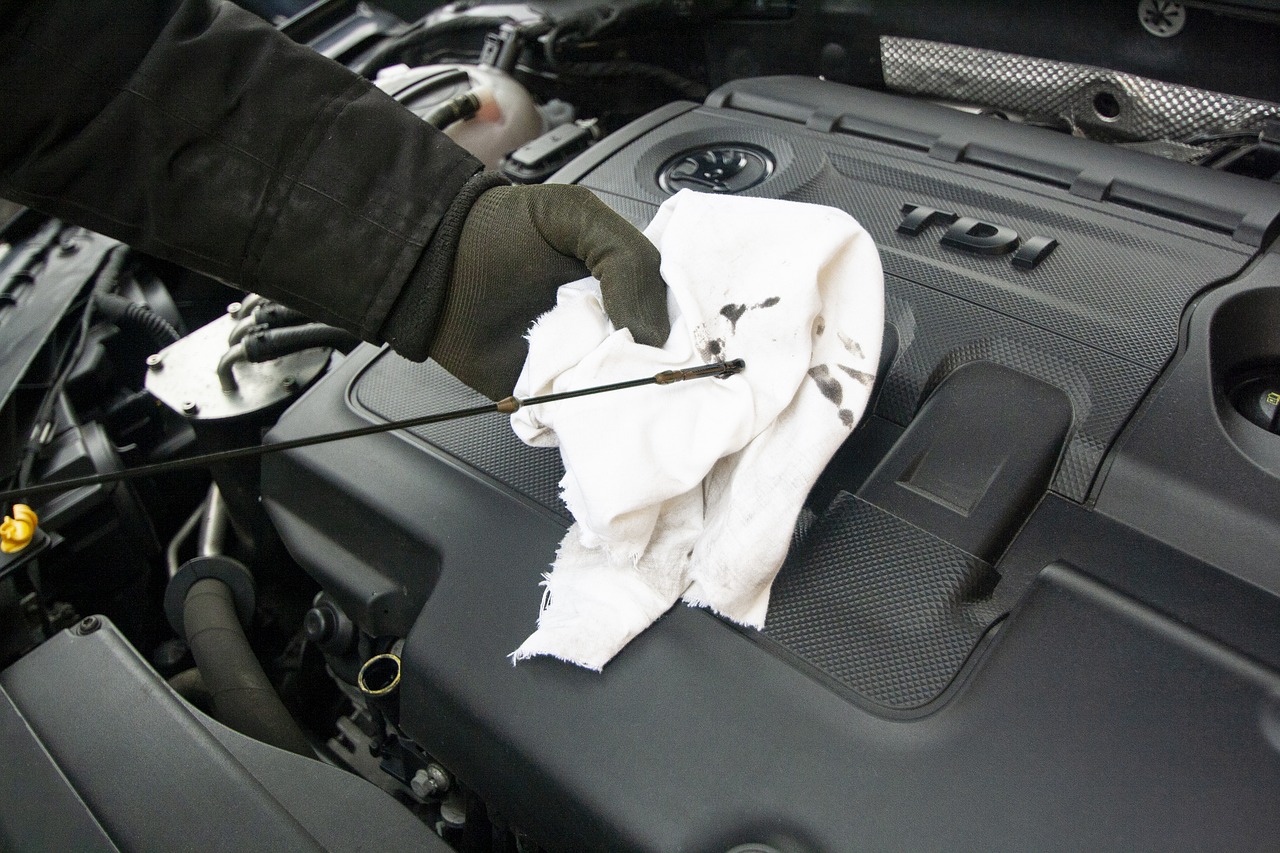
What is Preventive Maintenance
Ciprian Chiripuci

Preventive maintenance is a critical process that helps organizations to minimize the risk of equipment failure and maximize lifespan of their assets. It involves regular inspections, servicing and repairs to ensure that equipment is in good working condition and it is ready to perform when needed.
What is Preventive Maintenance?
Preventive maintenance is a proactive approach to equipment maintenance that involves regular inspections, servicing and repairs to prevent equipment failure. The goal of preventive maintenance is to minimize the risk of unexpected downtime, reduce repair costs and maximize lifespan of the assets.
Preventive maintenance programs typically involve following steps:
Inspections
Regular inspections are conducted to identify potential issues before they turn into major problems. Inspections can be done manually or through automated monitoring systems.
Servicing
Regular servicing involves routine maintenance tasks such as lubrication, cleaning and replacing worn-out parts.
Repairs
Repairs are conducted as needed to fix any issues that are identified during inspections or servicing.
Importance of Preventive Maintenance
Preventive maintenance is essential for organizations that rely on equipment to operate. It offers several benefits, such as:
Minimizing Downtime
Preventive maintenance helps to minimize the risk of unexpected downtime, which can be costly for organizations. By identifying and addressing potential issues before they become major problems, organizations can keep their equipment up and running.
Reducing Repair Costs
By addressing potential issues before they turn into major problems, organizations can reduce repair costs. Preventive maintenance can help to identify minor issues that can be fixed before they turn into major problems that require costly repairs.
Maximizing Asset Lifespan
Regular preventive maintenance can help to maximize lifespan of assets. By keeping equipment in good working condition, organizations can avoid premature equipment failure and reduce the need for costly replacements.
Ensuring Safety
Preventive maintenance helps to ensure that equipment is safe to operate. Regular inspections can identify potential safety hazards and repairs can be made to prevent accidents from occurring.
Improving Productivity
By keeping equipment in good working condition, organizations can improve productivity. Equipment downtime can be costly in terms of lost production and missed deadlines. Preventive maintenance can help to minimize equipment downtime, ensuring that organizations can meet their production goals.
How to Implement Preventive Maintenance
Implementing a preventive maintenance program requires a systematic approach that involves the following steps:
Identify Equipment
The first step is to identify the equipment that requires preventive maintenance. This can be done by creating an equipment inventory list.
Develop a Maintenance Schedule
Once the equipment has been identified, a maintenance schedule should be developed. This schedule should include details such as inspection frequency, servicing requirements and repair protocols.
Get the right tools
There are many tools to be considered in Preventive Maintenance, from some simple material ones, like wrenches or nails, to the complex yet easy to use software platforms.
Assign Responsibilities
Assign responsibilities for preventive maintenance tasks. This can be done by creating a maintenance team or designating specific individuals to be responsible for specific tasks.
Train Maintenance Personnel
Maintenance personnel should be trained on preventive maintenance procedures, safety protocols and equipment-specific requirements.
Document Maintenance Activities
Document all maintenance activities, including inspections, servicing and repairs. This documentation can be used to track maintenance history, identify trends and ensure that maintenance activities are conducted according to schedule.
Evaluate and Improve
Finally, evaluate effectiveness of the preventive maintenance program regularly. Use feedback to continually improve the program, identify areas for improvement and adjust the maintenance schedule as needed.
Preventive maintenance is a critical process that helps organizations to minimize equipment downtime, reduce repair costs, maximize asset lifespan, ensure safety and improve productivity. Implementing a preventive maintenance program requires a systematic approach that involves identifying equipment, developing a maintenance schedule, assigning responsibilities, training personnel, documenting maintenance activities and evaluating and improving the program regularly.
By implementing a preventive maintenance program, organizations can ensure that their equipment is in good working condition and that they are prepared to handle any unexpected issues that may arise. This can help organizations to minimize costs, increase productivity and ensure that they can meet their production goals.
In today's competitive corporate world, organizations cannot afford to have their equipment fail unexpectedly. By implementing a preventive maintenance program, organizations can take a proactive approach to equipment maintenance, reduce the risk of unexpected downtime and ensure that they are always ready to perform.
Related posts
Here are some resources to help you get more out of your assets


Ciprian Chiripuci
Truck Sealing in Delivery Logistics: Definition, Benefits and Best Practices

Ciprian Chiripuci
Mastering that Last Mile
READY TO TALK?